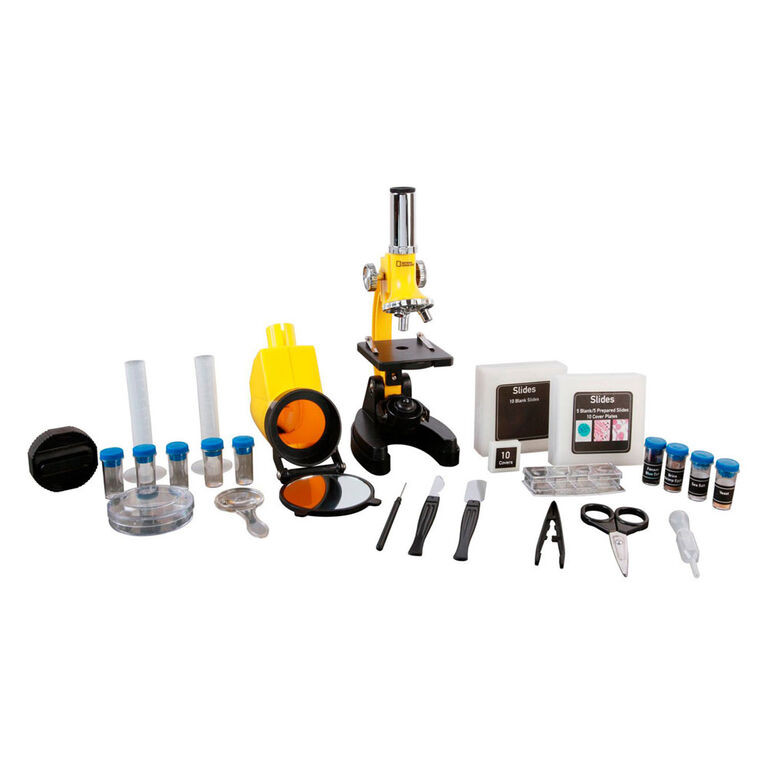

"And when we think of Hubble's incredible results, it's hard to imagine what will come out of ALMA." 2.

"It's a bigger jump than Hubble was over any existing ground telescope," Puxley said.
#NATIONAL GEOGRAPHIC TELESCOPE CF600PM FULL#
ALMA's full power will surpass previous submillimeter instruments by factors of ten to a hundred in areas such as field of view, sensitivity, and resolution. "The air pressure there is almost 50 percent that at sea level, so some people refer to it jokingly as 'halfway to space.'"ĪLMA's antennas work together to scan the sky at millimeter and submillimeter wavelengths, observing the oldest galaxies as well as baby planets just beginning to form around young stars. "It's a tough place to work," said Phil Puxley, of the National Science Foundation. When fully built in 2013, the finished facility will sport 66 antennas sprouting from the high, dry Chajnantor Plateau, at an altitude of 16,400 feet (5,000 meters). This radio astronomy telescope represents an unprecedented partnership between Europe, North America, East Asia, and the Republic of Chile. Atacama Large Millimeter/submillimeter Array (ALMA) But to push the boundaries of astronomy while planted solidly on the ground, Earth-bound observatories tend to be among the most extreme scientific facilities on the planet. Telescopes orbiting Earth can peer billions of light-years into space to observe incredible phenomena across the cosmos.


 0 kommentar(er)
0 kommentar(er)
